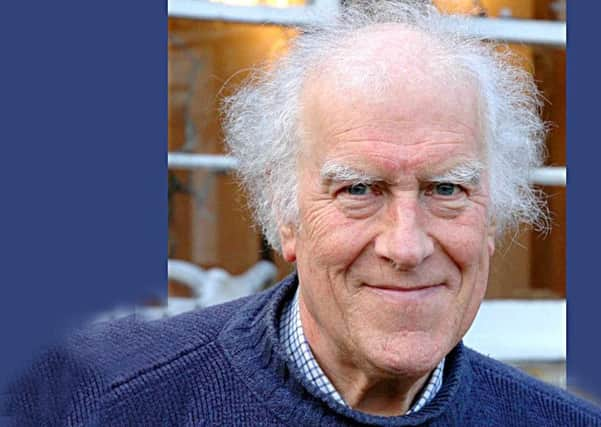UK should be generating research into world-changing cold fusion system


However, the anomalous heat generation has been reported many thousands of times since in laboratories around the world and is now entirely reproducible, although the excess energy size can be variable. But the fusion claim and subsequent furore has made funding extremely difficult, often from dogmatic rejection by some who should know better. A recent MIT set of lectures on “cold fusion” starts off by stating that research in this area can damage the participant’s career. This is not science as I understand it, which has to be open to all possibilities. But vested interest groups are not uncommon in the scientific community, particularly if large amounts of money and career reputations are at stake.
Classical fusion, however, it is not. One of the two scientists involved was the UK’s Professor Martin Fleischmann, reckoned to be the foremost electrochemist of the time. More credit should have been given to his status and skill but the claim of fusion was made without published evidence, which only came later. Fleischmann was unable to think what the source of energy could be since it was a thousandfold higher than anything chemical reactions could produce. What is clear is that the reactions occur in micrometre regions below the surface of the electrodes. At least 15 different, worldwide laboratories have reported the appearance of new, stable (non-radioactive) isotopes during the electrolysis; nuclear transmutation has occurred.
Advertisement
Hide AdAdvertisement
Hide AdA potential mechanism consistent with standard physical laws has been published and involves weak interactions with low momentum neutron capture processes. These are preferably called low energy neutron reactions (LENRs) and represent a new form of ultra-clean, low-cost nuclear energy that generates no radioactive waste or emissions, so safe it can be conducted under ordinary laboratory conditions. If the electrolyte used is heavy water, the oceans can provide sufficient to fuel mankind easily for thousands of years. The largest energy excess achieved so far is 27-fold. These reactions, being nuclear, are thousands of times greater in intensity than those from fossil fuels.
Can this source of energy be commercialised? Numerous small companies, such as Broullin, are involved in the USA, but not here. The mechanism involved needs further clarification but a lack of funding constrains development. What is needed is small compared with the billions given to tokamak research, which at best will only give tenfold energy gain and whose success seems eternally 30-50 years away. Investigating sources of variation and ensuring the excess heat is completely replicable is still needed and better control of the industrial production of palladium or nickel, seemingly one cause of anomalous heat variation between experiments.
But the potential fruits are enormous. One group (US Naval Research) has indicated how current nuclear waste from power stations could be destroyed using this technology. But consider if the electricity is taken from one turbine or solar panel and amplified some fourfold through heavy water electrolysis. Effectively, four turbines or solar panels have been created without the need for more wind, land or sunlight. Given the potential, why is there no research in the UK? The attitudes of most scientists were coloured by the early invalid and negative claims of anomalous heat reinforced by the mistaken name of fusion. India, China, Russia and Israel are devoting significant resources to LENR development, as is Japan, where both Toyota and Mitsubishi are involved. Martin Fleischmann, who died in 2012, was a UK scientist and a Fellow of the Royal Society. Is this yet another example of failure to exploit the genuine talent of UK science from ignorance of present achievements or head-in-the-sand dogma?
Professor Tony Trewavas FRS. FRSE., Scientific Alliance Scotland